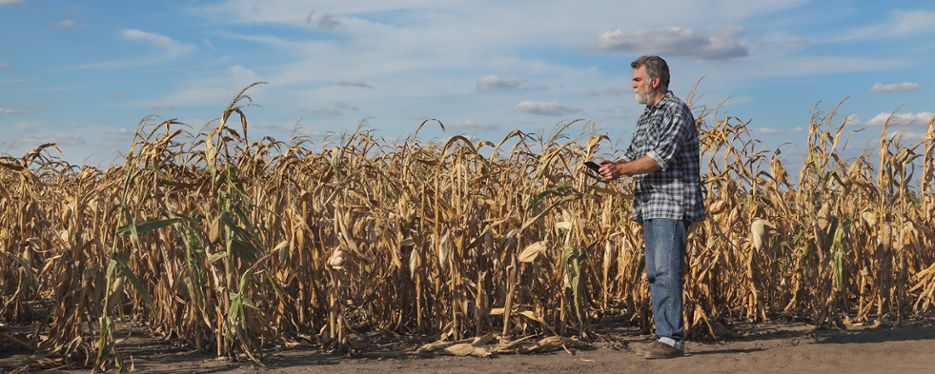From an international perspective, Sweden is safe from major catastrophes as a result of extreme drought. In dry years, however, water shortages can present major problems in Sweden, both locally and regionally. So far, it is eastern parts of Götaland and Svealand that have suffered in particular.
Long periods with little or no precipitation mean that plant growth is restricted, affecting harvests and forest growth. The consequences are exacerbated if the temperature is high at the same time, as evaporation will then be significant. Long periods with little or no precipitation mean low levels of water flow in watercourses and low water levels in lakes. This can lead to water shortages and competition between different uses for water, such as drinking water supplies, industrial operations or irrigation. Extended droughts also result in a heighted risk of fires in forests and on open land.
Notable dry summers in recent years include 1975, 1976, 1983, 1994 and 2018. The summer of 2018 featured low levels of precipitation across much of Sweden. Parts of Blekinge and Öland had less than half their normal levels of precipitation. It was also a very hot summer. In much of Götaland and Svealand, this was the warmest summer on record.
Changed access to water in the future
In the future, access to water may change. Climate scenarios suggest reductions in much of southern Sweden. Reduced access to water will be mainly due to plants consuming more, since the growing season will be extended in a warmer climate. Higher temperatures also mean that more water will evaporate from the land and watercourses.
When it comes to dry ground, the biggest changes are expected in Skåne and in the areas around Lake Vänern and Lake Vättern.
